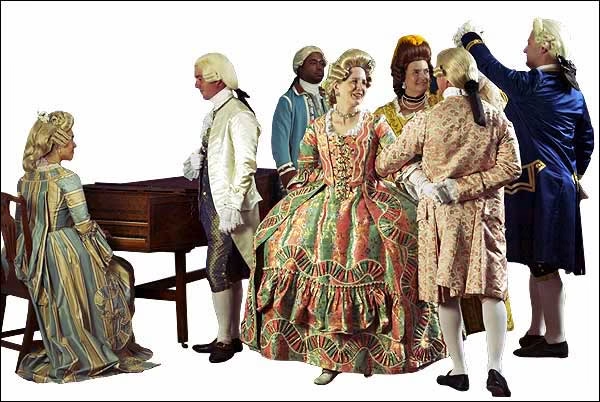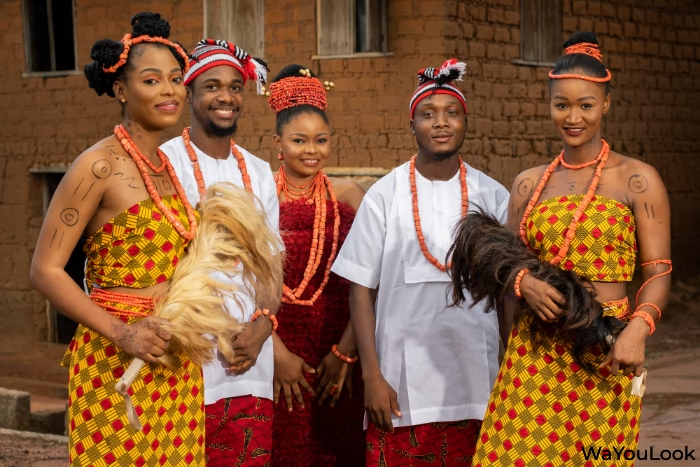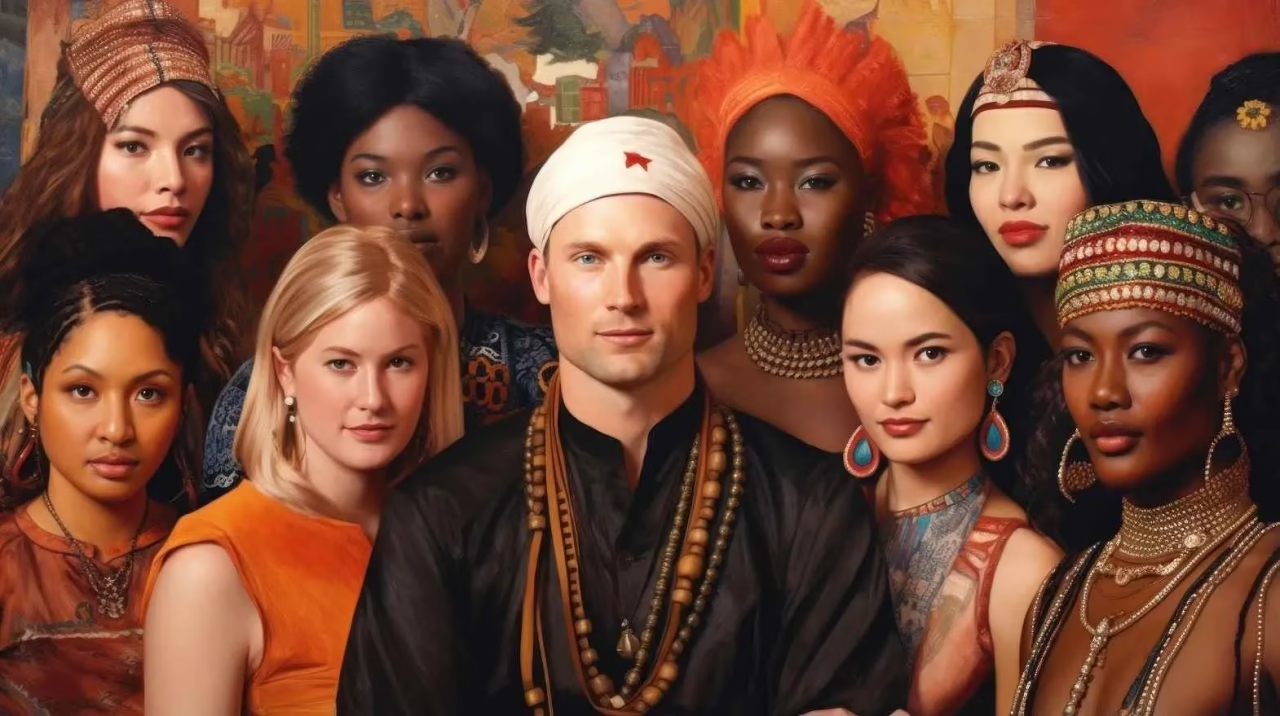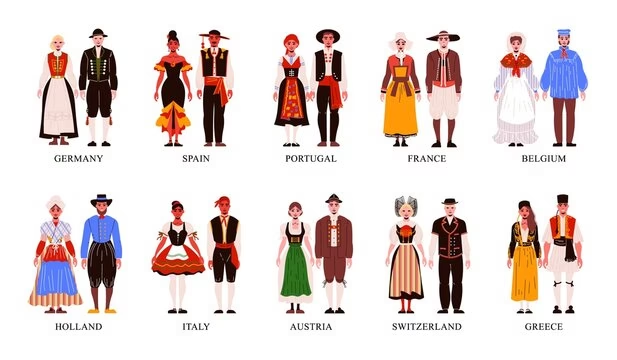- Traditional Clothing of the United States: Male and Female Attire
- Introduction
- Historical Background of Traditional Clothing in the USA
- Native American Traditional Attire
- Colonial Era Clothing for Men and Women
- 19th Century Western and Pioneer Clothing
- Traditional Clothing in African American Communities
- Traditional Clothing in Immigrant Communities
- Men’s Traditional Clothing Styles and Accessories
- Women’s Traditional Clothing Styles and Accessories
- Influence of Regional and Cultural Variations
- Modern Revival and Preservation of Traditional Attire
- Conclusion
- FAQS
- Introduction
Traditional Clothing of the United States: Male and Female Attire
Introduction
The traditional clothing of the United States reflects a rich tapestry of cultural influences, historical events, and regional diversity. From the garments worn by Native American tribes to the attire of early European settlers, traditional American clothing tells a story of adaptation, identity, and heritage. While modern fashion dominates today, traditional clothing remains an important symbol of cultural pride and history. Both men’s and women’s traditional attire varied widely depending on the time period, location, and community.
This article explores the distinctive styles of male and female traditional clothing in the United States, tracing their origins and evolution through the centuries, highlighting how these garments have shaped and continue to influence American culture.
Historical Background of Traditional Clothing in the USA

Traditional clothing in the United States has its roots in a mix of Indigenous, European, and African influences. Before European colonization, Native American tribes had unique clothing styles suited to their environments and cultural practices. The arrival of European settlers in the 1600s introduced new fabrics, styles, and tailoring techniques, blending with Indigenous traditions over time. Throughout the centuries, traditional clothing evolved alongside major historical events such as westward expansion, the Civil War, and industrialization, reflecting changing social, economic, and cultural landscapes.
Native American Traditional Attire
Native American traditional clothing is diverse and varies greatly among tribes, each with distinct materials, designs, and meanings. Clothing was often made from natural resources such as animal hides, feathers, and woven plants. Men typically wore breechcloths, leggings, and moccasins, while women wore dresses or skirts made from deerskin or woven fabrics. Elaborate beadwork, quillwork, and symbolic patterns played important roles in decorating garments, often representing tribal identity, spiritual beliefs, and social status. Traditional regalia is still worn today during ceremonies and cultural celebrations, honoring Native heritage.
Colonial Era Clothing for Men and Women
During the Colonial Era, traditional clothing in America reflected European fashions adapted to the New World’s practical needs. Men typically wore waistcoats, breeches, and wide-brimmed hats, while women wore long dresses with petticoats, aprons, and bonnets. Fabrics were often homemade or imported, such as wool, linen, and cotton. Clothing signified social status and occupation, with wealthier individuals wearing finer materials and more elaborate designs. Both men and women dressed modestly, following strict social norms of the 17th and 18th centuries.
19th Century Western and Pioneer Clothing
In the 19th century, as settlers moved westward, traditional clothing became more rugged and functional. Men wore durable trousers, flannel shirts, leather boots, and wide-brimmed hats to protect against harsh conditions. Women’s clothing included long dresses often made from sturdy fabrics, with shawls or bonnets for sun protection. Practicality was key, but clothing also reflected cultural values of modesty and self-reliance. The iconic cowboy attire emerged during this time, symbolizing the American frontier spirit.
Traditional Clothing in African American Communities

Traditional clothing within African American communities in the United States carries deep historical and cultural significance. During slavery and post-Civil War eras, clothing was often handmade or repurposed, blending African influences with Western styles. Women wore headwraps and simple dresses, while men wore work shirts and trousers. Over time, African American attire incorporated elements that expressed resilience, identity, and cultural pride. Today, traditional garments are celebrated in cultural festivals and historical reenactments, honoring this rich heritage.
Traditional Clothing in Immigrant Communities
The United States has long been a melting pot of cultures, and immigrant communities brought their traditional clothing styles with them. From German lederhosen and dirndls to Italian and Irish folk dresses, these garments helped preserve cultural identity in a new land. Many immigrant groups wore traditional attire during festivals, religious ceremonies, and community gatherings. Over time, these styles blended with American fashions, but the clothing remains a symbol of heritage and pride, connecting generations to their ancestral roots.
Men’s Traditional Clothing Styles and Accessories
Men’s traditional clothing in the United States varied widely depending on region and culture but generally emphasized practicality and symbolism. Common garments included breeches, waistcoats, and broad hats during colonial times, evolving into cowboy boots, denim jeans, and leather belts in the west. Accessories like pocket watches, suspenders, and bandanas were not only functional but also style statements. Traditional male attire often reflected occupation, status, and cultural background, playing an important role in social identity.
Women’s Traditional Clothing Styles and Accessories
Women’s traditional attire in the United States combined functionality with modesty and cultural expression. Early colonial dresses featured layers of petticoats, aprons, and bonnets. In Native American communities, women’s clothing often included decorated dresses or skirts adorned with beadwork. Accessories such as shawls, ribbons, and hairpieces were common. In the western frontier, practicality guided clothing choices, but even then, women’s attire maintained a sense of femininity. Traditional female clothing often conveyed social roles and cultural values.
Influence of Regional and Cultural Variations
Traditional clothing in the United States is deeply influenced by regional climates, cultures, and histories. For example, Native American tribes in the Southwest favored lightweight cotton garments suited for the desert, while those in the Northern forests used heavier animal hides. Similarly, the clothing styles of settlers in the southern colonies were distinct from those in New England due to climate and available resources. Cultural diversity—from African American to immigrant communities—also shaped traditional attire, making American traditional clothing a rich blend of styles.
Modern Revival and Preservation of Traditional Attire

In recent years, there has been a growing interest in reviving and preserving traditional American clothing. Cultural festivals, historical reenactments, and museums play key roles in keeping these styles alive. Indigenous communities actively maintain traditional regalia for ceremonies, while heritage groups celebrate immigrant clothing customs. Designers have also drawn inspiration from traditional motifs, blending old styles with modern fashion. This revival fosters a deeper appreciation for the cultural history embedded in traditional attire.
Conclusion
Traditional clothing of the United States offers a fascinating glimpse into the country’s diverse cultural heritage and history. From Native American regalia to colonial and immigrant fashions, these garments reflect the values, environments, and identities of their wearers. While contemporary fashion dominates daily life, the preservation and celebration of traditional attire help keep the stories and traditions of America’s past alive for future generations. Understanding these styles enriches our appreciation of the nation’s complex cultural fabric.
You Can Also Read: Swingers Clubs in the United States
FAQS
What is the traditional clothing of the USA?
The most common American traditional clothes are ponchos, huipils, western wear, flannel shirts, and quadrille dresses. The major benefit of wearing flannel shirts in America is that one can roll up the sleeves and secure them with buttons.
Who wears traditional clothing in the United States?
Today, many Native Americans wear traditional clothing for social and ceremonial occasions. In some Native cultures, people wear their traditional clothing every day. Traditional clothing, or regalia, is an important and lively aspect of Native cultures.
What is the clothing style in the USA?
Apart from professional business attire, American fashion is eclectic and predominantly informal. While Americans’ diverse cultural roots are reflected in their clothing, particularly those of recent immigrants, cowboy hats, boots, jeans, and leather motorcycle jackets are emblematic of specifically American styles.
What is the USA’s national costume?
USA National Costume – Preservation of a Country’s Heritage
The USA national costume is different and fashionable. Western attire, such as cowboy hats, denim jeans, and flannel shirts, is typically associated with the United States. These are long-sleeved shirts made of wool, though cotton versions are also available.
What clothes do most Americans wear?
The most popular clothing items in America are jeans, sneakers, T-shirts, hoodies, and activewear. These staples are versatile and reflect a casual lifestyle.
